Sign up for our newsletter
Sign up today to stay in the loop about the hottest deals, coolest new products, and exclusive sales.

Wahnapitae, ON P0M 3C0
Phone: 705-694-0065
Fax: 705-694-1594
Toll Free: 1-877-224-2323
Email: info@ibeadcanada.com
Mon-Sat: 10am - 6pm
Sun: 11am-5pm
Mon-Sat: 10am - 6pm
Sun: 11pm-5pm
Free Shipping on Most Orders Over $150* – Learn More >
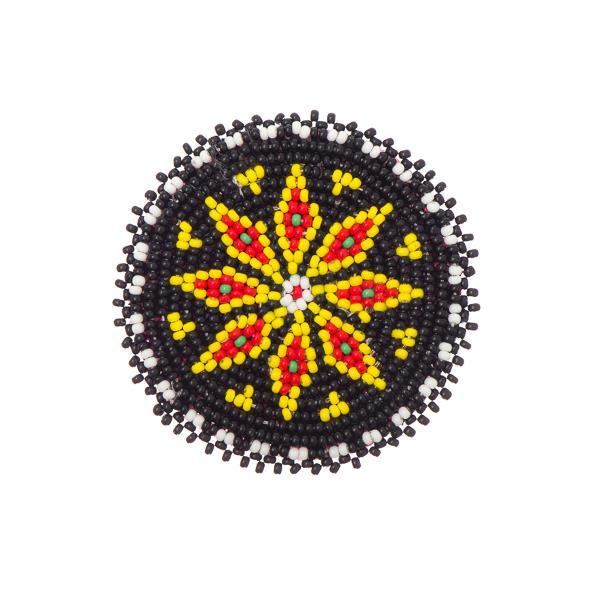 Beaded Rosettes
Beaded Rosettes
 Bells
Bells
 Cabochons
Cabochons
 Dolls & Acc.
Dolls & Acc.
 Dream Catcher Rings
Dream Catcher Rings
 Drum Making
Drum Making
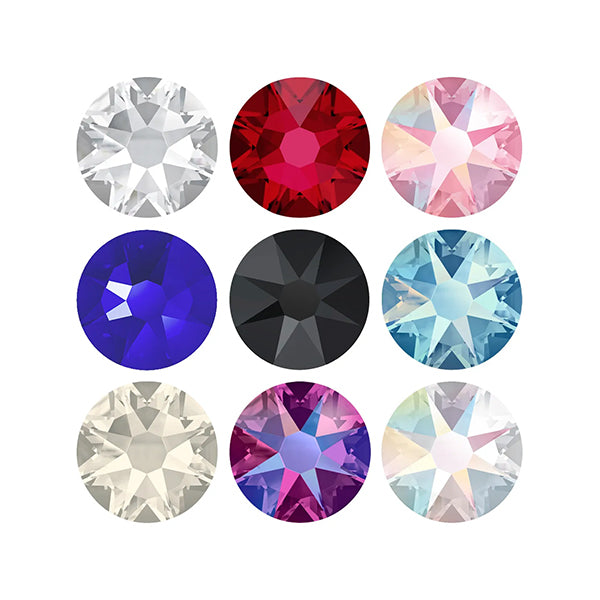 Flat Back Stones
Flat Back Stones
 Jingle Cones
Jingle Cones
 Mirrors
Mirrors
 Pipe Stems
Pipe Stems
 Rhinestone Banding
Rhinestone Banding
 Sequins
Sequins
 Sew On Stones
Sew On Stones
 Beading Foundation
Beading Foundation
 Crepe Soles
Crepe Soles
 Elastic Cord
Elastic Cord
 Fabric
Fabric
 Fringe
Fringe
 Ribbon
Ribbon
 Trim
Trim
 Bails
Bails
 Bolo Tie Acc.
Bolo Tie Acc.
 Bookmarks
Bookmarks
 Brooch & Bar Pins
Brooch & Bar Pins
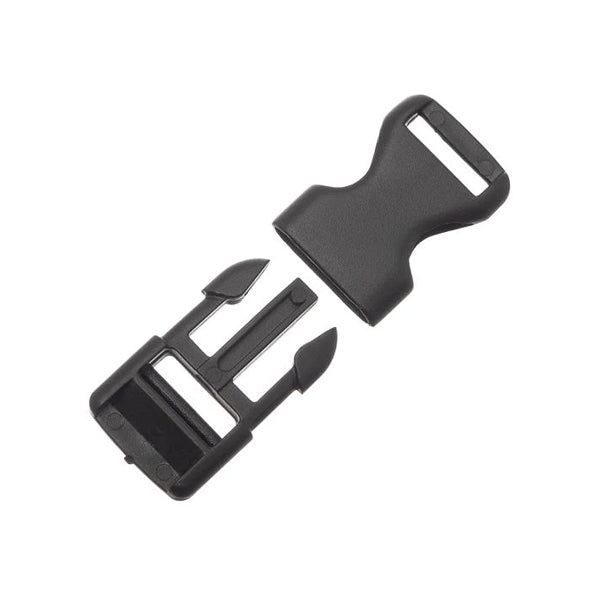 Buckles
Buckles
 Buttons
Buttons
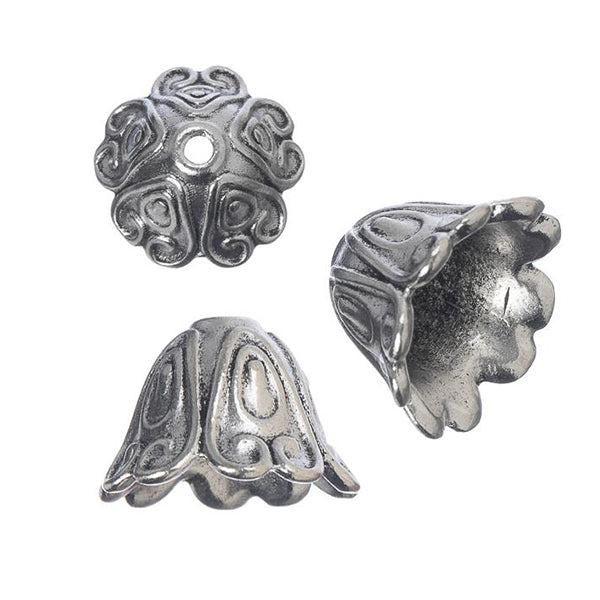 Caps & Cones
Caps & Cones
 Chain Extenders
Chain Extenders
 Clasps
Clasps
 Crimps & Ends
Crimps & Ends
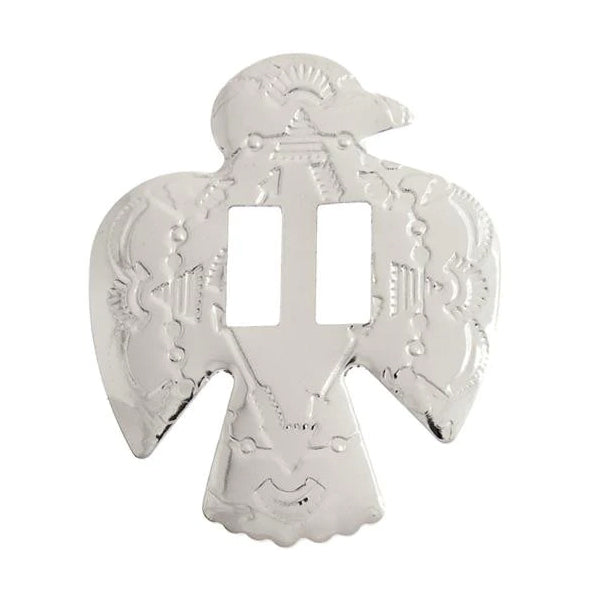 Conchos
Conchos
 Connectors
Connectors
 Earring Components
Earring Components
 Eyelets & Snaps
Eyelets & Snaps
 Findings Sets
Findings Sets
 Garment Studs
Garment Studs
 Hair Accessories
Hair Accessories
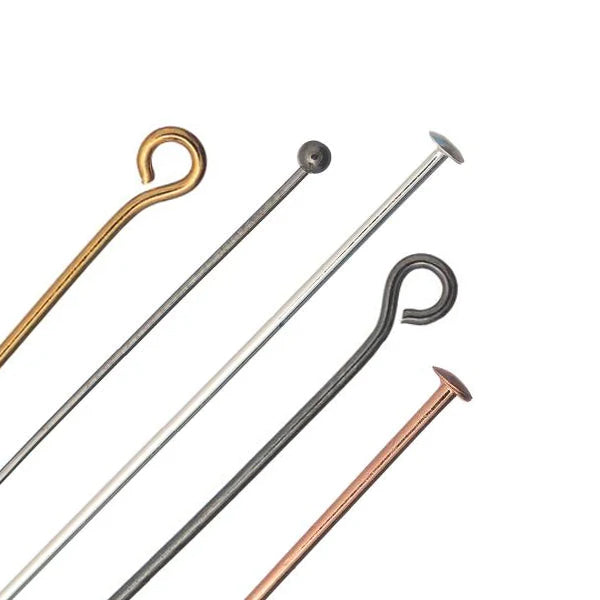 Head & Eye Pins
Head & Eye Pins
 Jewelry Parts
Jewelry Parts
 Jump & Split Rings
Jump & Split Rings
 Key Chain Parts
Key Chain Parts
 Mobile Phone Acc.
Mobile Phone Acc.
 Safety Pins
Safety Pins
 Wire Guards
Wire Guards
 Feathers
Feathers
 Furs & Animal Parts
Furs & Animal Parts
 Leather & Rawhide
Leather & Rawhide
 Cord
Cord
 Chain
Chain
 Leather & Suede Lace
Leather & Suede Lace
 Sinew
Sinew
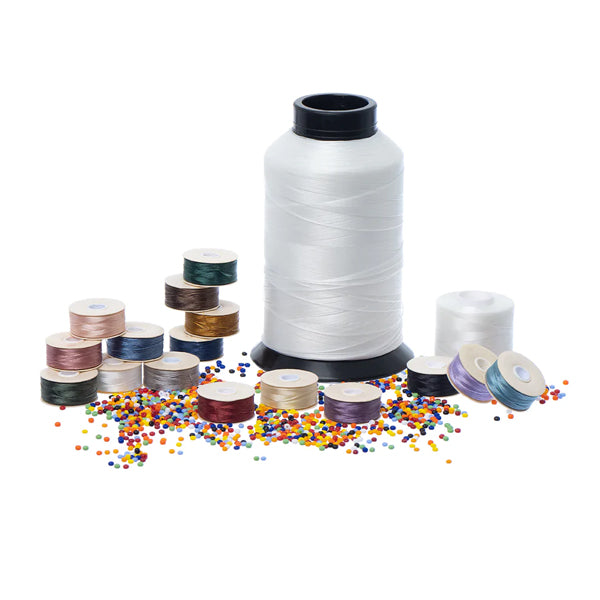 Thread
Thread
 Jewelry Wire
Jewelry Wire
 Memory Wire
Memory Wire
 Shaping Wire
Shaping Wire
 Bead & Craft Kits
Bead & Craft Kits
 Books
Books
 Patterns
Patterns
 Displays
Displays
 Gift Bags
Gift Bags
 Gift Boxes
Gift Boxes
 Jewelry Cards
Jewelry Cards
 Organizers
Organizers
 Tags, Labels & Stickers
Tags, Labels & Stickers
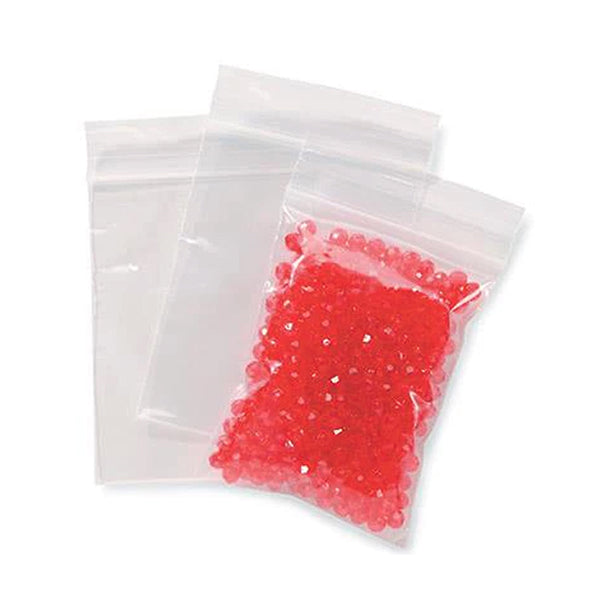 Zip Lock Bags
Zip Lock Bags
 Chakra
Chakra
 Healing Stones
Healing Stones
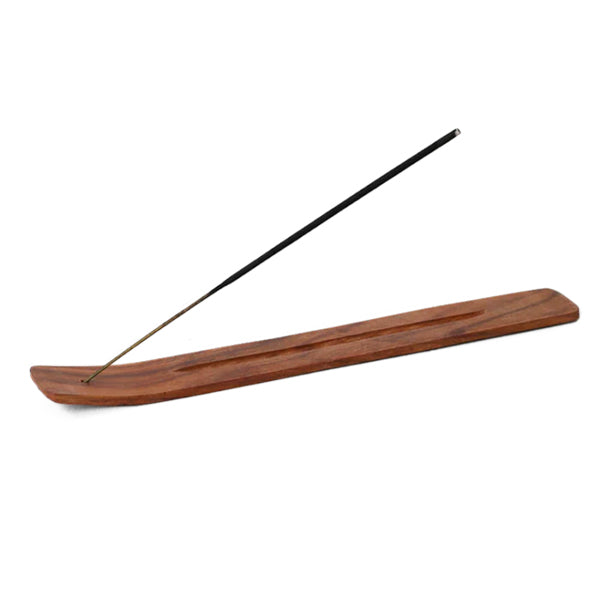 Incense & Holders
Incense & Holders
 Mala Beads & Acc.
Mala Beads & Acc.
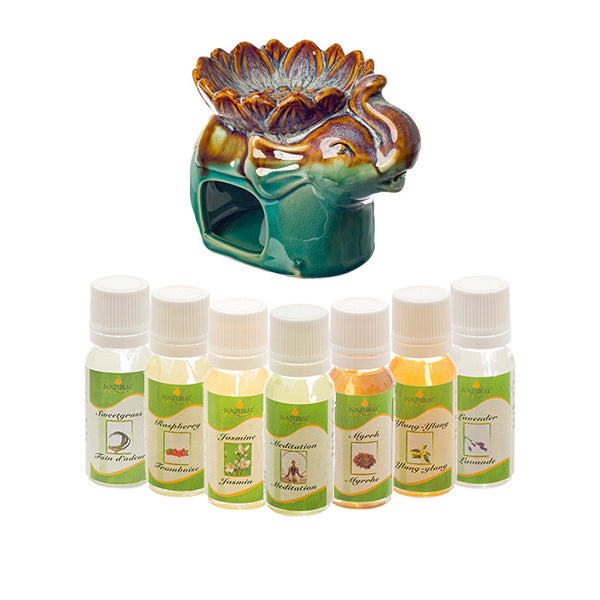 Oils & Burners
Oils & Burners
 Rocks & Minerals
Rocks & Minerals
 Smudging
Smudging
Frederich Mohs was a German geologist and mineralogist. He was born in to a merchants family in Gernrode, Germany. After studying chemistry, mathematics and physics at the University of Halle. He went on to study at the Mining Academy in Freiberg, Saxony where he was influenced by his tutor Abraham Werner.

In 1801 Freidrich moved to Austria where he took on two distinct roles. He became foreman at the Neudorf mine in the Eastern Harz Mountain region, but of more interest to him was his second position employed as a curator, by the wealthy banker JF van der Null, charged with categorizing the minerals in his private collection.
As part of this task, he began classifying minerals by their physical characteristics and properties rather than their chemical composition which was the norm. Over time this allowed him to group the minerals in much the same way as botanists group plants. One of the characteristics he used for his mineral classification was the relative hardness of minerals.
He knew that some minerals could scratch others and on this basis he reasoned that if a mineral could scratch another it must be harder than the mineral that was being scratched. He found that all the minerals at his disposal could scratch talc which in turn became his baseline mineral as it must be very soft. He also found that diamonds were so hard that no other minerals could scratch them giving him the two delimiters in his scale.
It wasn’t until a decade later that Friedrich gave up his job as mine foreman, when in 1812 he became a professor of mineralogy in Gratz. It was here that he finalized his work on mineral hardness creating a scale of one to ten, assigning each mineral a value against this scale and formulating a test process. This was to become the Mohs’ Scale of Hardness for rocks and minerals.
In 1817, Mohs succeeded his mentor Abraham Werner as a tutor at the mining academy in Freiberg, where he worked for a further nine years before being appointed a professor of Mineralogy at the University of Vienna. Mohs ended his career as a mining advisor at the Mining University in Leoban and died aged 66, whilst on holiday in Italy.
1. Select a Test Surface – The scratch should not be done on a coated, chipped, or weathered surface as this will give inaccurate results. It also should not be done on a visible surface since a bad scratch on the face of a mineral can diminish its value.
2. Make the Swipe – Testing is done by ‘swiping’ one mineral with the other. The swipe should be strong enough to make a scratch, but not so much as to damage the specimen. Hold the sample and attempt to scratch it with the point of the object of known hardness by pressing the object firmly but lightly against the unknown sample. If the know object is harder, you should see and feel a definite ‘bite’ into the sample.
3. Inspect for an Etched Line – When a mineral is scratched, a permanent indentation is created and powder from the softer mineral will come off. This powder must be brushed away to see if the mineral really got scratched, or if the powder of the softer mineral that was swiped across the specimen being tested created a scratch-like marking. When minerals of similar hardness are scratched together, it is difficult to tell which mineral (if not both of them) is really getting scratched because of this.
 |
1 = TalcTalc is the world's softest mineral and the lowest mineral on Mohs' Scale. Talc is a hydrated magnesium sheet silicate which is repellent to water and chemically inert. It is translucent to opaque with an iridescent or pearly lustre. Talc is used in cosmetics such as talcum powder, as a lubricant, and in paper manufacturing. Absolute Hardness: 1 |
 |
2 = GypsumGypsum is a soft mineral composed of calcium sulphate dehydrate. Gypsum occurs in nature as flattened or twinned crystals and transparent cleavable masses called selenite. When Gypsum has a silky and fibrous texture it is called Satin Spar. Absolute Hardness: 2 |
 |
3 = CalciteCalcite is an anhydrous carbonate, and one of the most widely distributed minerals on the Earth's surface. It is a common constituent of sedimentary rocks. In crystallized form, Calcite has a vitreous lustre. Absolute Hardness: 9 |
 |
4 = FluoriteFluorite is a mineral composed of calcium fluoride. It is an isometric mineral with a cubic crystal habit. Fluorite is named for its property of fluorescence, or its ability to fluoresce under ultraviolet light. Absolute Hardness: 21 |
 |
5 = ApatiteApatite is a group of phosphate minerals (hydroxyapatite, fluorapatite and chlorapatite) and is one of few minerals that are produced by biological organisms. Hydroxyapatite is the major component of tooth enamel. Absolute Hardness: 48 |
 |
6 = OrthoclaseOrthoclase (or feldspar) is an igneous rock forming tectosilicate (silicate) mineral and is a key component in granite. Orthoclase derives its name form the Greek word for 'straight fracture' because of its two cleavages at right angles to each other. Orthoclase crystallizes in the monoclinic crystal system. Absolute Hardness: 72 |
 |
7 = QuartzQuartz is one of the most common minerals found in the Earth's crust. It has a hexagonal crystal structure made of trigonal crystallized silica (silicon dioxide). The typical shape of a Quartz crystal is a six-sided prism that ends in six-sided pyramids. Absolute Hardness: 100 |
 |
8 = TopazTopaz is a silicate or 'nesosilicate' mineral created from a combination of aluminium and fluorine. It crystallizes in the orthorhombic system and it's crystals are prismatic in form. Absolute Hardness: 200 |
 |
9 = CorundumCorundum is the crystalline form of aluminium oxide and one of the basic rock-forming minerals. Corundum is naturally clear or coloured by impurities. Due to its hardness, Corundum is used as an abrasive in sandpaper. Emery is an impure and less abrasive variety of Corundum. Absolute Hardness: 400 |
 |
10 = DiamondDiamond is the hardest natural occurring material. Diamond is a natural allotrope of carbon. The crystal bond structure of diamonds give the stone its hardness and differentiates it from graphite, which is the main allotrope of carbon. Absolute Hardness: 1500 |
 |
Agate = 7Agate is a distinct and dramatically banded variety of chalcedony. It is composed of quartz layers and comes in a great variety of colours depending on the nature or composition of these layers. Agates tend to be translucent, or at least contain translucent bands, due to the fact that it is composed of microscopic fibres of crystalline quartz. Each individual agate forms by filling a cavity in a host rock. As a result, agate is usually found as a round nodule with concentric bands like the rings of a tree trunk. It is said to be named for the place it first was found, namely along the River Achates (now called the River Drillo) in Sicily. Absolute Hardness: 100 |
 |
Amazonite = 6Amazonite is blue-green variety of microcline (a feldspar mineral). Its brilliant colour is attributed to the presence of lead or iron in its composition. It is an opaque stone, often found with white, yellow or grey inclusions and a silky lustre or silvery sheen. It varies in colour from greenish blue to light blue, to soft green, pink and yellow. The most prized colour is a rich clear watery blue, with large clear stones amongst the most valuable semi-precious gemstones available. Its name is derived from the Amazon River, although no deposits have actually been found there! The most sought after Amazonite historically come from Russia, where deposits are found in granite along the Ilmen Mountains. Europeans familiar with the Russian stone confused it with another green stone from South America's Amazon Basin, which turned out to be a form of Nephrite Jade but b then the name had stuck. The Pike's Peak district of Colorado, USA, became the most important source of Amazonite after 1876 eventually put competing Russian mineral vendors out of business. Absolute Hardness: 72 |
 |
Amethyst = 7Amethyst is a form of quartz formed in silica-rich liquids deposited in gas cavities, or geodes, in lava. It occurs in crystalline masses, but the crystals are generally not well developed, so they are generally found as clusters of crystal points. The stone's name is derived from the Greek word amethystos, meaning 'not drunken', as people of ancient times believed it to protect the wearer from drunkenness. Absolute Hardness: 100 |
 |
Aquamarine = 8Aquamarine belongs to the beryl gemstone family, and has a more evenly distributed colour than its close relative the emerald. Gem quality aquamarine is usually free of inclusions and possesses a superior brilliance, while bead grade aquamarine tends to have interesting inclusions and opaque areas. The more intense the colour of this stone, the higher its value. Its name is derived from the Latin words for 'water' and sea'. Absolute Hardness: 200 |
 |
Carnelian = 7Carnelian is a variety of the silica mineral chalcedony coloured by impurities of iron oxide. The colour can vary greatly, ranging from pale orange to an intense almost black coloration. Brighter colours are usually the result of heat treatment. The name carnelian is said to be derived from the Latin word carnis, or 'flesh', due to its colour. Absolute Hardness: 100 |
 |
Citrine = 7Citrine is a clear yellow variety of Quartz, ranging in colour from pale yellow to yellow-brown, to deep red. Citrine occurs in proximity to Amethyst and the two can be found mixed as Ametrine. In fact much of the citrine on the market today is actually heat-treated amethyst. All that is required is for a kiln to reach and hold a specific temperature for long enough and a purple amethyst will turn to citrine. Natural citrine is not common and occurs in lighter hues than the heat-treated material. The name citrine comes from the French citron, or 'lemon', after its colour. Absolute Hardness: 100 |
 |
Emerald = 8Emerald is a green variety of Beryl whose name is derived from the French esmeraude, which in turn goes back, via Latin, to the Greek root word smaragdos, meaning 'green gemstone'. The green coloration is caused by small amounts of chromium and enhanced by traces of iron. Unlike other Beryls, Emeralds often contain inclusions and other flaws. These flaws are not considered negative aspects but are instead considered part of the character of the stone. However these inclusions can cause Emeralds to be brittle and they need to be protected from hard contact. Emeralds also tend to have thin scratches on their surface requiring the application of a layer of wax or oil to smooth out their appearance and enhance their colour. Absolute Hardness: 200 |
 |
Garnet = 7Garnets are a group of common silicate minerals that have similar crystal structures and chemical compositions. They are named after the Latin granatus for 'seed like', possibly because the crystals resemble the fruit's colour and shape. That said garnets actually come in a wide array of colour variations, including reds, red pinks, oranges, greens, yellow browns, and some that change colour throughout the stone. These stones are formed under high temperatures and pressures and as such are used by geologists as a gauge for the formation of other rocks in the vicinity. They are also an indicator mineral for diamonds. This gemstone owes its brilliance to a high refraction of light. Absolute Hardness: 100 |
 |
Jade = 6Jade is a name that for many centuries was applied to gemstones people were bringing to Europe from China and Central America. It wasn't until 1863 that it was realized that the term 'Jade' was being applied to two different minerals. Because of the difficulties in distinguishing between these two minerals, even today they are both still called Jade. The first mineral, Nephrite, is an amphibole silicate (basic magnesium iron silicate) and is usually only green and creamy white. The second, Jadeite, is a sodium aluminum silicate that can have the full range of colours known as Jade. Absolute Hardness: 72 |
 |
Jasper = 7Jasper is a semi-precious stone prized since antiquity, named from the Greek word iaspis, meaning 'spotted stone'. This form of semiprecious chalcedony, or microcrystalline quartz, is usually red, brown or green. Its patterns are much less regular and defined than those of the other chalcedony variety, agate. They derive their colourful patterns from the presence of other minerals. Jaspers are generally opaque due to the inclusion of microscopic 'grains' of crystalline quartz. Absolute Hardness: 100 |
 |
Labradorite = 6Labradorite is a catch all term for a sodium-rich variety of plagioclase feldspar found in igneous or metamorphic rocks. When light hits labradorite from a particular angle it can display striking rainbow coloured reflections known as schiller. Stones with a light green-grey base and moderate schiller are known simply as labradorite. It was officially discovered on St. Paul Island in Labrador, Canada, in 1770. Absolute Hardness: 72 |
 |
Lapis Lazuli = 6Lapis Lazuli is is a semi-precious stone prized since antiquity for its intense blue colour and inclusions that shine like stars. Its name is a combination of the Latin word lapis or 'stone' and the Arabian name azul meaning 'blue'. It is composed of grains of several blue minerals, including lazurite and sodalite. This complex, opaque gemstone additionally has a matrix of calcite and speckles of pyrite giving it a distinctive fluorescence. The rich blue colour is due to the sulfur inherent in the structure of lazurite. Absolute Hardness: 72 |
 |
Onyx = 7Onyx is is a cryptocrystalline form of quartz. Or put more simply it is a striped, semiprecious variety of agate, with white, black, brown or red alternating bands. It is different from regular agate only because the bands of which it is composed are parallel and regular. The name onyx originates from the Greek word onyx for 'fingernail' probably because of its weak transparency or possibly its colour. Absolute Hardness: 100 |
 |
Peridot = 7Peridot (pronounced pear - ih - doh) is a variety of forsteritic olivine composed of magnesium iron silicate. Forged in fire, peridot is created under great temperatures and pressures deep within the Earth, and sometimes extruded in basaltic lavas. This mineral is coloured by iron and ranges from pale lime to rich olive green. Its yellow green colour is mainly dependent on the amount of ferrous iron present. Absolute Hardness: 72 |
 |
Ruby = 9Ruby is a blood red gemstone and like Sapphire is a variety of the mineral Corundum (aluminium oxide). It takes its name from the Latin rubeus or ruber, simply meaning 'red'. Corundum is the second hardest natural mineral known to mankind. Pure corundum is colourless with the presence of chromium impurities creating the fiery coloured stone known as Ruby. Only red stones are called Rubies and corundum of any other colour is a Sapphire. So if the red colouring is too light the stone is called a Pink Sapphire. Colour is therefore the Ruby's most important feature, with transparency secondary. Inclusions don't affect the gemstone's quality (unless they decrease the transparency), but act as the gemstone's fingerprints. Absolute Hardness: 400 |
 |
Sapphire = 9Sapphire, simply put is the non red variety of Corundum (an aluminum oxide mineral) with Ruby being the red variety. Ruby and Sapphire are identical in all properties except colour. Corundum comes in many colours, and any colour other than red is referred to as 'Sapphire'. If the Sapphire is any colour but blue, it is preceded with a colour designation (for example pink sapphire or white sapphire). Sapphire is the most precious of blue gemstones, and is a most desirable gem due to its colour, hardness, durability and lustre. Absolute Hardness: 400 |
 |
Spinel = 8Spinel is a hard glassy mineral consisting of an oxide of magnesium and aluminium. It is found as a metamorphic mineral and as a primary mineral in basic rocks. In such magmas, the absence of alkalis prevents the formation of feldspars, and any aluminum oxide present will form corundum (aluminum oxide) or combine with magnesia (magnesium oxide) to form Spinel. For this reason, Spinel and Ruby are often found together. It exhibits a wide range of colours including pink, orange, yellow, brown, blue, violet, purple, green and black with the most valuable colour being red. Absolute Hardness: 200 |
 |
Tourmaline = 7.5Tourmaline is a complex crystal silicate mineral compounded with elements such as aluminium, boron, iron, magnesium, sodium, lithium, or potassium. Tourmaline is classed as a semi-precious stone and the gem comes in a wide variety of colours. Its name is derived from the Sri Lankan word tura mali, meaning 'stone of mixed colours'. Tourmaline appears in blue, yellow, pink, red, black, green and clear though each colour of tourmaline is given its own name in the gem world, making tourmaline more a group of minerals than a single type. These include rubellite (pink to red), indicolite (blue), schorl (black), dravite (brown) and achroite (colourless). Absolute Hardness: 100 |
 |
Turquoise = 5Turquoise is is an opaque, blue to green mineral that is a hydrous phosphate of copper and aluminium that often contains iron. It occurs naturally in shades ranging from sky blue to grey green, usually in locations where copper is hidden in the soil in high concentrations. The blue colour is caused by copper, while the green colour is caused by iron or chromium. Because its colour varies depending on the surrounding soil make-up, many turquoise references include the name of the country, state or mine where they were found. Its name comes from the French pierre turquoise, meaning 'Turkish stone'. Absolute Hardness: 48 |
Sign up today to stay in the loop about the hottest deals, coolest new products, and exclusive sales.
Thanks for subscribing!
This email has been registered!
Last updated: September 11, 2025
Summary of i-Bead Inc.'s Terms of Service:
Product Descriptions: i-Bead Inc. strives for accurate product information, but errors may occur. Product availability and specifications, like size, are subject to change.
Product Images: Images are for representation purposes; actual products may vary in appearance due to display settings or manufacturing differences.
Copyright & Intellectual Property: All content on the Website is owned by i-Bead Inc. or its licensors. Users are granted a limited, non-commercial license to view and print content for personal use but cannot reproduce or distribute it without permission.
Trademarks: The i-Bead name and logo are trademarks of i-Bead Inc. Unauthorized use of trademarks is prohibited.
Use of the Website: Users must comply with laws and the Terms. Account creation may be required for certain services. Users are responsible for account security and cannot engage in harmful behavior or unauthorized access.
Pricing & Availability: Prices are listed in Canadian Dollars (CAD) and are subject to change. Additional charges for taxes, shipping, and duties may apply. Out-of-stock products may be removed or delayed.
Limitation of Liability: i-Bead Inc. is not liable for any indirect damages, and the website is provided "as is" without warranties.
Privacy & Data Protection: The use of personal data is governed by the company’s Privacy Policy, which users should review.
Indemnification: Users agree to defend and hold i-Bead Inc. harmless from any legal issues arising from their use of the site or violation of the Terms.
Modifications: i-Bead Inc. can update these Terms at any time. Changes will be effective upon posting.
Governing Law: The Terms are governed by the laws of Ontario, Canada, and any disputes will be resolved in Ontario courts.
Contact Information: For questions, users can contact i-Bead Inc. at their address or via email or phone.
Summary of i-Bead Inc.'s Refund Policy:
In-Store Purchases: Items can be returned within 30 days with the original receipt for an exchange, store credit, or refund. Must be unopened and in original condition.
Online Purchases: Returns allowed within 30 days of receiving your order. Prior authorization required. Items must be unopened and in original condition.
Non-Returnable Items: Sale items, opened packages, broken strands, cut items (e.g., leather, cord), books, and special orders cannot be returned.
Restocking Fee: Returns after 30 days incur a 20% restocking fee. Clearance/discontinued items cannot be returned after 30 days.
Damaged/Defective Items: Contact customer service within 48 hours. Return shipping will be covered, and you can request a refund or replacement.
Return Instructions: Include the reason for the return, order details, and use a traceable shipping carrier. Returns must be prepaid, and customs fees are not covered.
Refund Process: Refunds will be issued after inspection, minus shipping costs, and may take 1-2 weeks to process.
For returns, the items must be in their original, unopened condition.
Summary of i-Bead Inc.'s Shipping Policy:
Shipping Methods: i-Bead uses Purolator, UPS, Canpar, and FedEx for Ground and Express shipping.
Shipping Times: Orders placed by 12:00 PM EST ship the same day; orders placed after that time ship the next business day. V.I.Bead Members get same-day shipping regardless of order volume.
Shipping Locations: We ship within Canada and to select international destinations (excluding the United States). P.O. Boxes are not eligible.
Shipping Discounts:
Tracking & Insurance: All orders include tracking. Insurance is included for orders under $100; additional coverage is available for $3 per $100.
Damage or Loss: Contact customer service within 48 hours if your order is damaged or lost during transit. Claims will be processed with the courier.
Theft: i-Bead is not responsible for theft once a package is marked as delivered. Signature confirmation is available for added security.
Delays: Delivery may be delayed due to factors like weather, rural locations, or peak seasons.
Summary of i-Bead Inc.'s Sales Tax Policy:
Canadian Residents: Sales tax is applied based on the province:
First Nations: Eligible customers may receive tax relief with the Indian Status Tax Exemption Card.
U.S. & International Orders: U.S.: Not applicable—shipping is paused. International (non-U.S.): No Canadian sales tax or VAT is charged by i-Bead; destination duties/taxes may apply.
In short, Canadian customers are taxed based on their province; U.S. orders are not available; international customers may incur destination duties/taxes.
Summary of i-Bead Inc.'s Native Status Card Policy:
Tax Exemption Eligibility: Status Card holders can qualify for GST/HST relief if:
Ontario Residents: Eligible for an 8% HST rebate on orders shipped within Ontario.
How to Apply:
Important: Misrepresentation of eligibility can result in penalties from the CRA.
In short, eligible Status Card holders can receive tax relief by following the proper procedure and submitting required documentation.
Summary of i-Bead Inc.'s Privacy Policy:
i-Bead Inc.'s Privacy Policy outlines how they collect, use, and disclose personal information. They gather data directly from users (e.g., contact details, order info, payment info) and through tracking technologies (e.g., cookies). This data is used for order processing, marketing, security, and customer support. The company may share data with third-party vendors and partners for service fulfillment, marketing, and legal compliance. Users can access, correct, or delete their data, and opt-out of marketing communications. The policy also covers data security, retention, and international transfers.
By completing the checkout process, you (the customer) acknowledge that you have read, understood, and agreed to the Terms and Conditions outlined by i-Bead Inc. Furthermore, you agree that i-Bead Inc. shall not be held liable for any delays in shipping caused by factors beyond its control, including, but not limited to, disruptions due to COVID-19, adverse weather conditions, holiday seasons, natural disasters (Acts of God), strikes, or lock-outs or any other unforeseeable events. In addition, in the event that a parcel is damaged or lost during transit, and you have not obtained additional insurance coverage, you expressly agree that i-Bead Inc. shall not be held responsible or accountable for any resultant loss, damage, or delay.
Wahnapitae, ON P0M 3C0
Phone: 705-694-0065
Fax: 705-694-1594
Toll Free: 1-877-224-2323
Email: info@ibeadcanada.com
Mon-Sat: 10am - 6pm
Sun: 11am-5pm
Mon-Sat: 10am - 6pm
Sun: 11pm-5pm